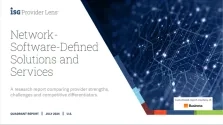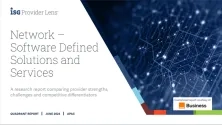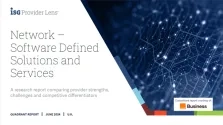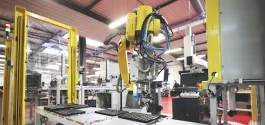Documents
Information at your fingertips
Our library can help enrich your knowledge in areas such as cloud, digital customer experience, and network and digital transformation. We have curated a collection of brochures and whitepapers to broaden your understanding of how the latest technologies and innovations can affect your business.












